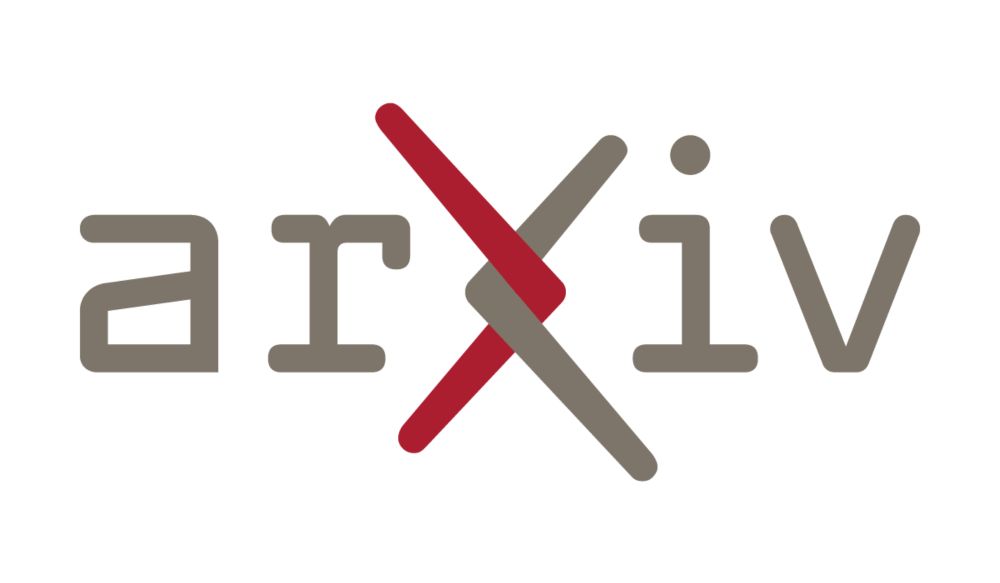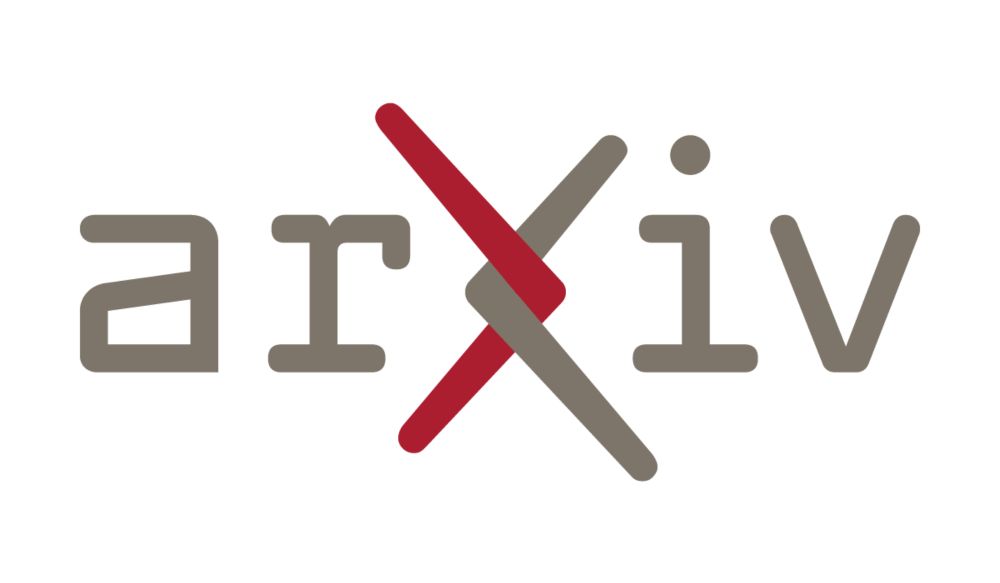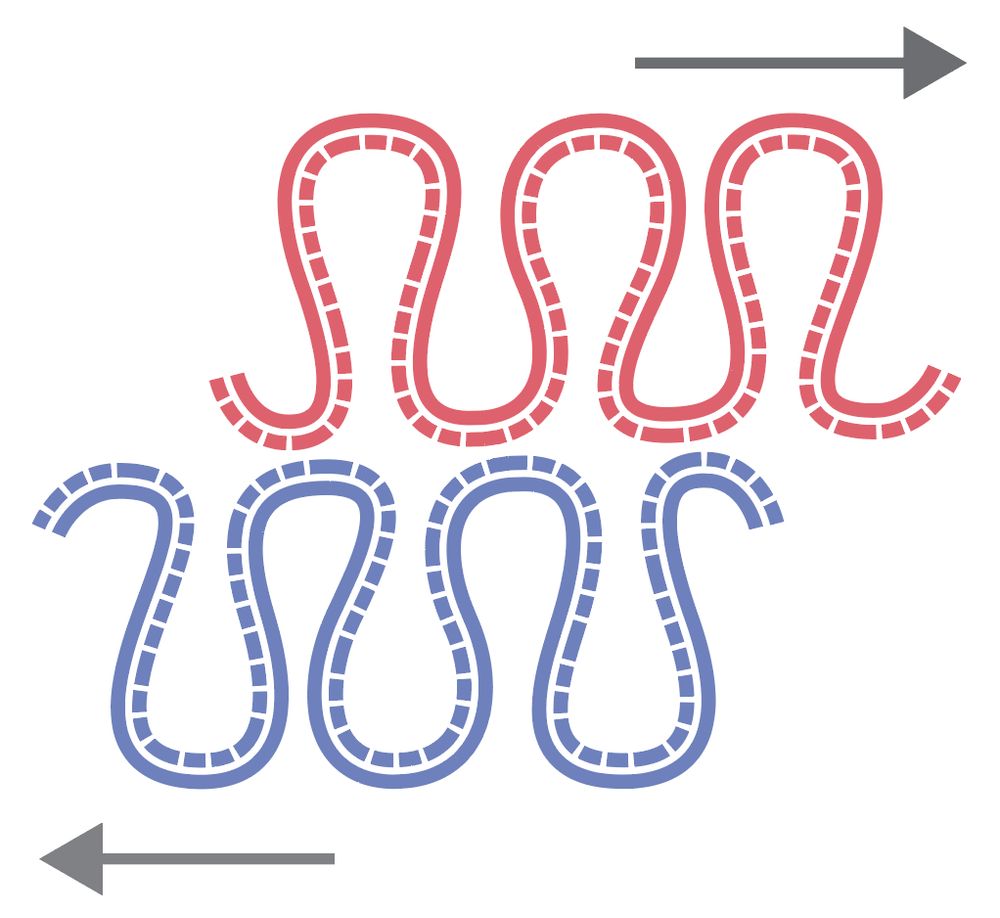Francesco Arzani
@frarzani.bsky.social
29 followers
53 following
13 posts
Quantum computing and quantum optics in Paris
frarzani.github.io
qat.inria.fr
Posts
Media
Videos
Starter Packs
Reposted by Francesco Arzani
Reposted by Francesco Arzani
Flavia Corsi
@flaviacorsi.bsky.social
· Jul 15
Reposted by Francesco Arzani
Michael Vasmer
@vasmer.bsky.social
· Jun 27
Francesco Arzani
@frarzani.bsky.social
· Jun 17
Francesco Arzani
@frarzani.bsky.social
· Jun 17
Francesco Arzani
@frarzani.bsky.social
· Jun 17
Francesco Arzani
@frarzani.bsky.social
· Jun 17

Towards fault-tolerant quantum computation with universal continuous-variable gates
Continuous-variable (CV) systems have shown remarkable potential for quantum computation, particularly excelling in scalability and error correction through bosonic encoding. Within this framework, th...
arxiv.org
Francesco Arzani
@frarzani.bsky.social
· Jan 31

Can effective descriptions of bosonic systems be considered complete?
Bosonic statistics give rise to remarkable phenomena, from the Hong-Ou-Mandel effect to Bose-Einstein condensation, with applications spanning fundamental science to quantum technologies. Modeling bos...
arxiv.org
Francesco Arzani
@frarzani.bsky.social
· Jan 31
Francesco Arzani
@frarzani.bsky.social
· Jan 31
Francesco Arzani
@frarzani.bsky.social
· Jan 31
Francesco Arzani
@frarzani.bsky.social
· Jan 31
Francesco Arzani
@frarzani.bsky.social
· Jan 31
Francesco Arzani
@frarzani.bsky.social
· Jan 31
Francesco Arzani
@frarzani.bsky.social
· Jan 31

Can effective descriptions of bosonic systems be considered complete?
Bosonic statistics give rise to remarkable phenomena, from the Hong-Ou-Mandel effect to Bose-Einstein condensation, with applications spanning fundamental science to quantum technologies. Modeling bos...
arxiv.org
